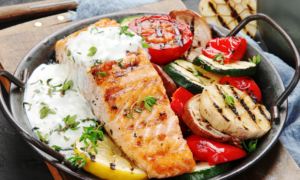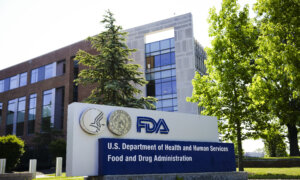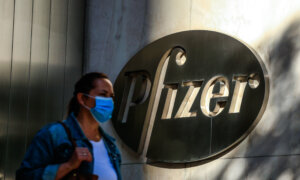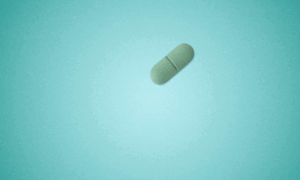Women who indulge in just one sugar-sweetened beverage per day are nearly five times more likely to develop oral cavity cancer (OCC) than those who sip on these drinks infrequently, according to a new study.
This elevated risk remains steadfast, regardless of whether women smoke or drink alcohol. This finding challenges the traditional understanding of oral cancer risk factors.
Oral cancer accounts for roughly 3 percent of all cancers diagnosed annually in the United States.
“The results from this study suggest that we need to consider dietary impacts on cancer risks as we develop public health recommendations,” the researchers wrote.
Unexpected Risk
Traditionally, OCC has been associated with older men who are at risk because of factors that include tobacco use and heavy alcohol consumption. However, the new research, recently published in
JAMA Otolaryngology–Head & Neck Surgery, suggests that the disease is increasingly affecting nonsmoking women, particularly among white populations.
The study involved more than 162,000 female participants followed over 30 years. To assess dietary habits, researchers gathered data on sugar-sweetened beverage (SSB) consumption and other lifestyle factors.
Following a thorough analysis, they found that all women who consumed one or more SSBs daily had an OCC risk 4.87 times higher than those consuming less than one SSB per month.
For those who don’t smoke much or consume much alcohol, regularly drinking sugary drinks increases their risk of OCC by more than five times, which means roughly three extra cases per 100,000 people. OCC risk was 3.71 times higher in the one or more SSB daily group compared with the less than one SSB monthly group.
The study authors noted several possible reasons for their findings.
One key factor is that high-fructose corn syrup (HFCS) is a common ingredient in many sugary drinks. Studies suggest that a high intake of HFCS is linked to periodontitis, a serious gum disease, which has also been associated with oral cancer.
Additionally, consuming high quantities of HFCS can cause quick spikes in blood sugar and insulin levels, potentially leading to insulin resistance and increased levels of insulin-like growth factor 1, a hormone linked to cancer development.
Finally, HFCS may lead to inflammation, which can disrupt the balance of bacteria in the mouth—a state known as oral dysbiosis, also considered a risk factor for oral cancers.
Growing Health Concerns
World Health Organization (WHO)
guidelines suggest that added sugars should make up no more than 5 percent of total daily caloric intake per day. However, in the United States, added sugars account for approximately
13 percent of total energy intake.
Previous research has also shown that higher consumption of added sugars and SSBs is linked to an increased prevalence of dental disease among young adults, a condition that has been associated with cancers that include colorectal and lung. This could be because of chronic inflammation that spreads beyond the mouth, potentially contributing to the development of cancer cells.
The WHO guideline is “a good place to start,” but it is a generalized recommendation that needs to be adjusted based on the individual, Emily Feivor, registered dietitian at Northwell Long Island Jewish Forest Hills in New York City, told The Epoch Times.
“Five percent of calorie intakes can look different by age, gender, and energy needs,” she said.
As sugar consumption continues to rise globally, the findings of the new study reinforce the ongoing call for people to limit their intake of added sugars for better health outcomes.
Both HFCS and sugar affect disease risk similarly when consumed in high amounts, and both lead to similar negative outcomes, Julianna Coughlin, registered dietitian and owner and CEO at One Right Step Nutrition Counseling, told The Epoch Times.
“Healthy substitutes for HFCS and sugar include natural sugar alternatives like stevia and monk fruit, and also just ... natural sugars like fruits,” she said.














